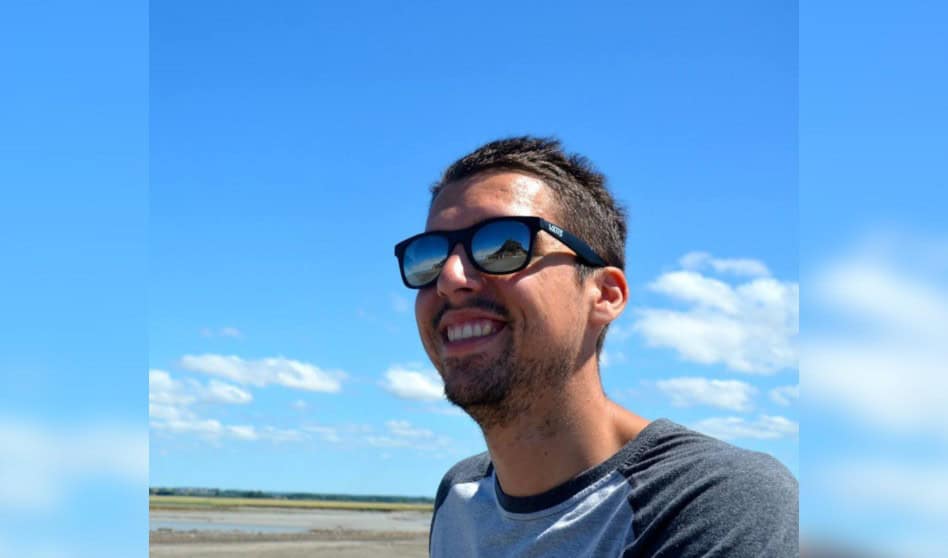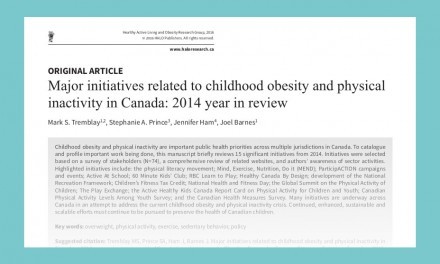HALO PhD student Joel Blanchard on a paper, “Determination of peak cardiorespiratory fitness parameters in children: which averaging method should we use?,” that was recently published in the Journal of Sports Sciences. Citation details and a summary of the paper are below.
Blanchard J, Blais S, Chetaille P, Bisson M, Counil FP, Girard TH, Lafrenaye S, Dallaire F. Determination of peak cardiorespiratory fitness parameters in children: which averaging method should we use? J Sports Sci. 2018 Dec 13:1-5. doi: 10.1080/02640414.2018.1554976. [Epub ahead of print]
Abstract
The purpose of this study was to identify which averaging methods most accurately measures peak cardiorespiratory fitness (CRF) parameters [peak O2 uptake (VO2), peak O2pulse and peak respiratory exchange ratio (RER)] in a sample of healthy children and adolescents. In this cross-sectional multicenter study, we recruited 278 healthy children aged 12-17 years. We compared the mean peak value of three CRF parameters using the recommended averaging methods (30-second block average) with alternative averaging methods such as moving averages or shorter smoothing periods. We also assessed averaging methods for accuracy by individually reviewing breath-by-breath scatter plots. The 30-second block average method resulted in a lower mean peak VO2 and in an increased proportion of underestimated peak values. Using a 30-second moving average significantly increased mean peak values which increased accuracy. Similar results were found for peak RER and peak O2pulse. In conclusion, the currently recommended averaging method (30-second block average) increased the risk of misinterpretation of peak CRF values in children. Using a moving average approach decreased misinterpretation and increased accuracy.





